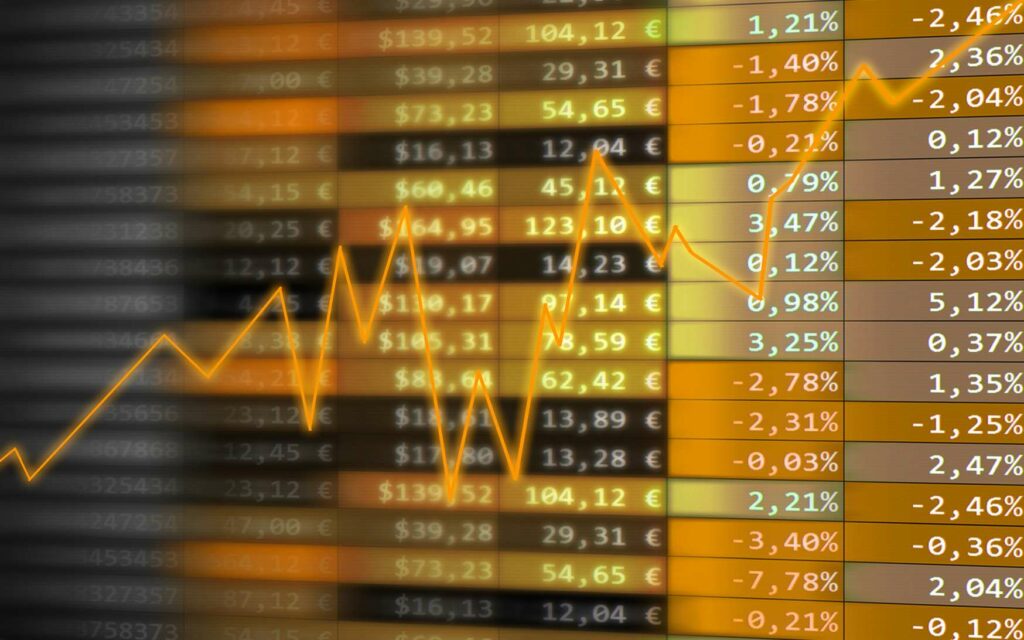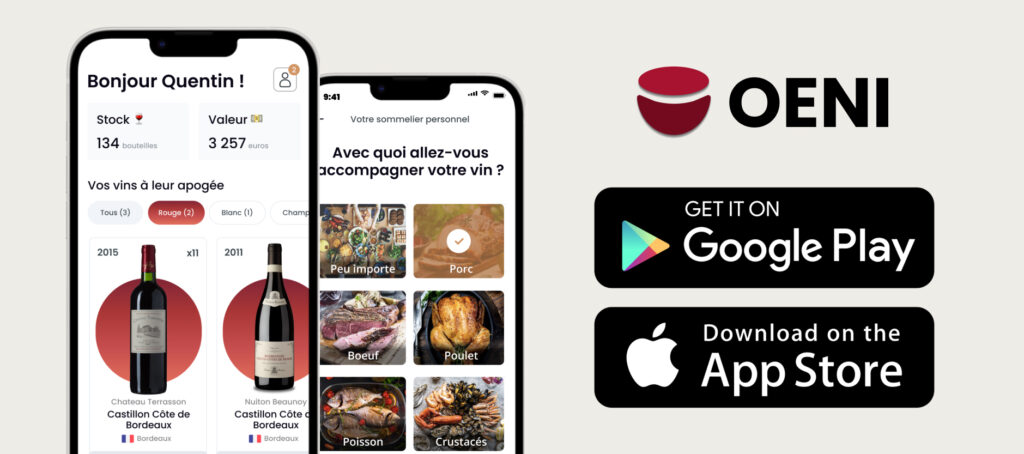Wine investment is attracting more and more wine lovers and collectors. At the same time, the wine market is developing its own tools. These include rare wine price indexes, which track market trends. To invest well, you need to know how to read, understand and use them wisely.
If you're interested in wine-related articles, download our app for IOS or Android. It will give you access to our wine lexicon, our articles and our innovative solution, designed for all wine consumers and collectors.
What is a wine market index?
A wine market index tracks the price of a set of selected bottles. It works like a conventional financial index. The aim is to measure the average performance of a segment of the wine market.
For example, one index may track only Bordeaux grands crus. Another may group together several regions or vintages. Each index therefore reflects a particular angle of wine investment, according to its methodology.
Why are these clues useful?
Rare wine price indices provide a clear picture of the market. They help you understand whether prices are rising, stagnating or falling. They can also be used to assess the profitability of a wine or collection.
These tools also facilitate comparisons. An investor can see whether a Burgundy is evolving better than a Bordeaux. Or whether older vintages are progressing faster than newer ones. These data guide buying and selling decisions.
The most closely followed indices on the wine market
The market relies on several benchmark indices. The Liv-ex Fine Wine 100 remains the most famous. It tracks the 100 most-traded wines in the world. Its composition changes every month to reflect market movements.
The Liv-ex Bordeaux 500 focuses on the different categories of Bordeaux. It includes premier crus classés, second wines and other leading appellations. This type of index serves as a barometer for wine investment in this region.
Other indices follow Burgundy, Champagne or Italy. Each index is tailored to an investor or collector profile.
How to read a price index

Each rare wine price index takes the form of a curve. The horizontal axis represents time, often in months or years. The vertical axis indicates the value of the index. When the curve rises, this means that average prices are rising.
Volatility is another factor to watch. An excessively unstable curve indicates a nervous market. A steady trend suggests a stable, predictable sector. This influences buy and hold strategies.
Finally, it's important to compare several indices. In this way, general trends and regional peculiarities can be identified.
What influences the indices?
Several factors are driving the wine market. First, scarcity. If a wine is hard to find, its price rises rapidly. Secondly, international demand plays a key role. If Asian buyers favor a particular vintage, the associated index rises.
Exceptional vintages also lead to rapid price rises. Likewise, influential critics such as Robert Parker or James Suckling have an impact on prices. A good rating often triggers an immediate rise in the index.
Finally, global economic conditions should not be overlooked. A crisis can slow down purchases and push down indices.
How can these indices be used in your strategy?
Investors can follow an index to guide their purchases. If an index has been rising for several months, this signals a strong trend. He can then buy a wine that is still affordable but promising.
He can also sell at the right time. If the index reaches a peak, it may be the ideal time to sell some bottles. This secures gains before a market downturn.
These tools also enable you to diversify your portfolio. You can invest in several regions, tracking the performance of each index.
Where can I consult wine market indices?
Several specialized platforms publish this data. The Liv-ex site remains the world reference. It offers interactive curves, monthly reports and comparisons. To access it, you may need to create an account or subscribe.
Other sites such as WineDecider, Idealwine and Wine Lister also offer similar tools. They allow you to analyze historical prices and fluctuations. These resources complement wine investment decisions.
It is advisable to consult these platforms regularly. This allows you to follow the evolution of your cellar and spot new opportunities.
A few precautions to take
Although rare wine price indices are useful, they're not enough on their own. The quality of the wine, the condition of the bottle and its storage must also be taken into account.
What's more, not all wines appear in the indexes. Some highly confidential estates escape the radar. And yet, they can offer excellent long-term performance.
Finally, it's important not to rely on numbers alone. Personal taste, the reputation of the estate and local market conditions also count. Wine investment remains a balance between data and intuition.
The benefits of regular follow-up
Reading indices helps you understand market dynamics. It gives a clear vision of trends, cycles and opportunities. It also enables you to anticipate future rises and falls.
With careful monitoring, investors can adjust their strategy. He can strengthen his positions in a buoyant segment. Or withdraw from a sector experiencing a prolonged downturn. This vigilance strengthens the cellar's profitability.
What's more, it promotes better stock management. The investor can resell at maturity or buy at the right time.
An invaluable tool for enlightened amateurs
Rare wine price indices are not just for professionals. Any wine lover can consult them and learn from them. They provide a better understanding of the wine market and help you make progress in your wine investment.
They bring clarity, avoid hasty decisions and reinforce market knowledge. Used properly, they transform a simple passion into a well-considered investment. Wine becomes both a pleasure and a strategy.
If you enjoyed this article, please read the following article "Use Oeni when traveling: manage your cellar remotely and discover new wines"which might also be of interest to you!





